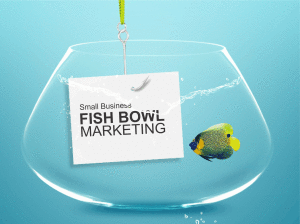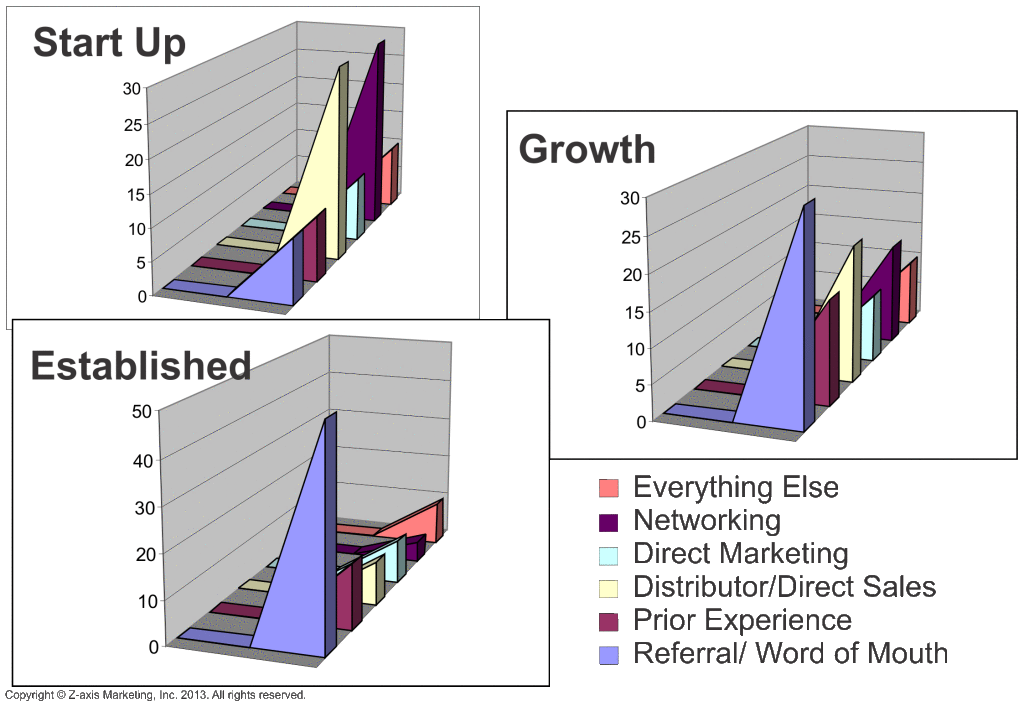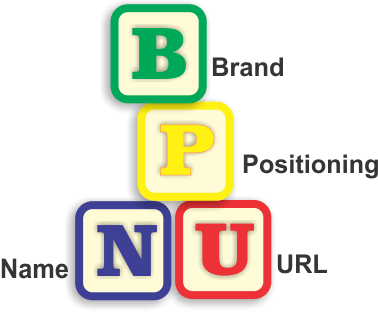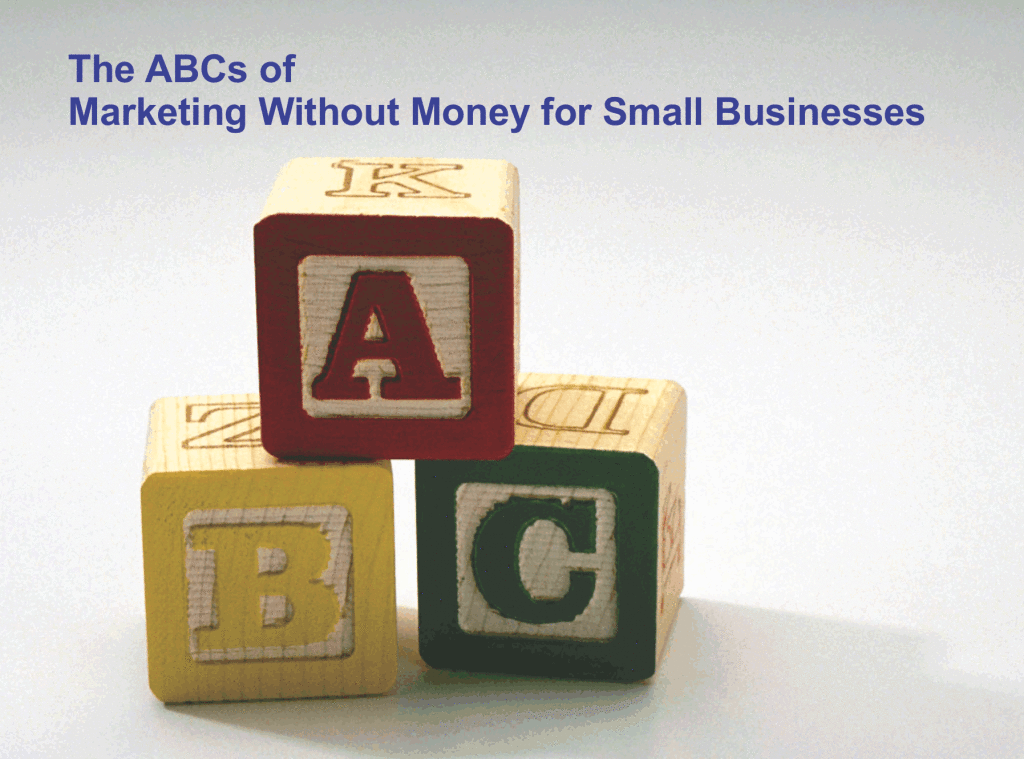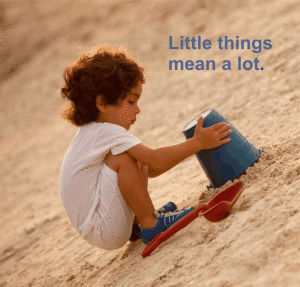“It’s morphing again,” Bubba said as he lowered himself into a side chair.
 “You are the branding Guru” said Rick,” but sometimes you are more than a little mysterious my friend. What the heck are you talking about?”
“You are the branding Guru” said Rick,” but sometimes you are more than a little mysterious my friend. What the heck are you talking about?”
“Marketing and ‘bout everythin’ else,” Rob responded.
“So,” Kate said, “does that include sales?”
Rob drawled, “If you can’t run with the big dogs, these days y’all gonna have to stay on the porch.”
“Rob,” I said, “back up and tell us what got you all stirred up.”
“Look around the table,” he said. “Ain’t a one of you that does just one thing anymore.
Rick is a statistical whiz which is why he’s so good at direct marketing. And on top of that he can network his way to new business pitch standing in line at an airport check in counter!
Gail, writes, edits, teaches others to do it and has been an on-air personality and run a couple of ad agencies.
Kate can consult in a boardroom in the morning and go out and make cold calls with a newbie in the afternoon and then make a speech in the evening.
Chris writes code plus drives a digital marketing team that has built a business to twice what it used to be and he dabbles in real estate because he likes the investment opportunities and making houses better.
Fletch has a degree in design but managed ad agencies and PR firms. He’s an expert at positioning, CRM and automated marketing and speaks on three continents on networking. Somehow he explains what Rick does.
And we are not unusual. Like a lot of folks we do all that stuff simultaneously!”
Gail interjected, “So what is bothering you Rob?”
Rob replied, “Used to be y’all could be a writer or a coder or a single whatever. Today to be say a reporter you have to blog, tweet, video the event or the interview, photograph it, edit it and serve it up in multiple forms all of which require some expertise.”
Kate said, “I see what you mean. Most of us have been successful because we can do multiple things reasonably well rather than just a single thing.”
“But it’s more than that,” Chris noted. “That multiple expertise is what used to make us stand out but I think Bubba is saying that it is now the new marketing norm.”
“Y’all got it,” digital dude. “If you’re fixin’ to get into the business or you are ready to break out you’d best be adding some skills that match up with what you do or take it ‘round a corner folks haven’t connected yet.”
Gail said, “I’ll translate:
The Takeaway
Being good at one thing is not good enough anymore. You need to match your primary skill with a couple more that give you more insight and a greater spectrum of bankable capabilities.
This blog recaps the luncheon conversations of a group of business development professionals. They discuss what’s new, what’s old, what’s good, bad and ugly plus creative thinking to find what works. Jerry Fletcher is the fictions ringleader and secretary.
Jerry has been researching and implementing small business marketing that builds businesses, careers and lives of joy for 20 years as President of Z-axis Marketing, Inc. Learn more at www.JerryFletcher.com
Schedule a personal appearance. Jerry speaks internationally on Networking, Marketing and Contact Relationship Magic. www.NetworkingNinja.com


